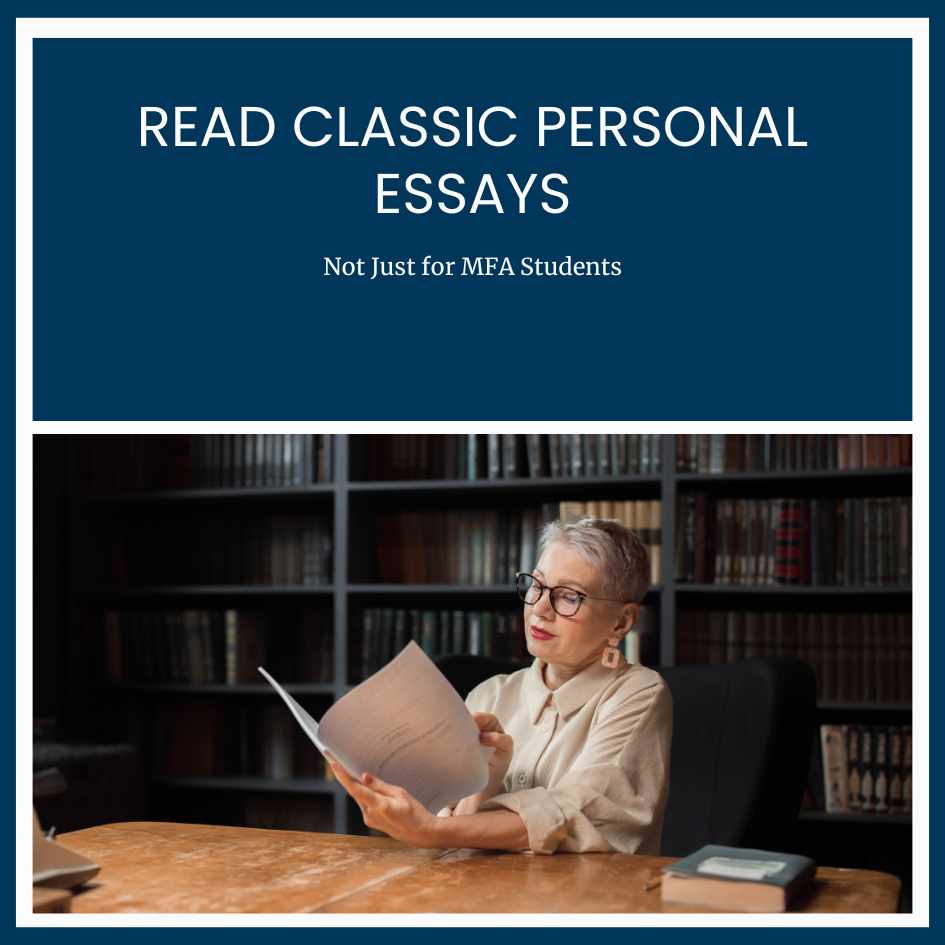
Timeless Lessons: Learning from Classic Personal Essays
With academic links to essays
Let's dive into some classic personal essays. These aren't old and boring tales, nope! They're helpful mentor texts for anyone who wants to up their writing game. When you jump into these personal stories, you're unlocking techniques that can add depth, organization, and serious punch to your writing. Get ready to master using details that make readers feel and time-travel. Write personal essays that hook the reader and build intrigue upfront and deliver big time at the end.
Notice the details: like the texture of a fabric or the smell of a kitchen. Sensory details reach out experientially to your reader.
Ever wished you could time-travel? Guess what? With great essays, you can. When you read them, you're stepping into someone else's shoes. You can do the same thing in your writing. Take your readers on a journey to the past and let them experience it like they're right there with you. Your present-day reflecting narrator can add depth to the work, as E.B. White does when he takes his son to the lake of his childhood.
Promise as Structure
Now, let's talk about structure. Think of it as the blueprint for your story. Classic essays start with a promise in the beginning. It's like saying, "This is worth sticking around for." The promise is your thesis. Something you state or hint at. You probably don't know the thesis when you begin writing. When you do know your thesis (the main point of your essay), put it upfront, usually at the end of the first or second paragraph. Deliver on that promise by the end. It's a clever way to keep your reader hooked from start to finish and provide structure to your essay.
Thesis in Some Classic Personal Essays
1. Essay: "Once More to the Lake" by E.B. White
-
- Possible Thesis: As I returned to the lake of my childhood, I discovered a strange merging of memories and present reality, revealing the unending cycle of time and the universal nature of human experience.
2. Essay: "A Room of One's Own" by Virginia Woolf
-
- Possible Thesis: The limitations imposed on women throughout history have hindered their creative potential, and it is through the acquisition of both financial independence and a space for oneself that women can truly flourish as writers and artists.
3. Essay: "Self-Reliance" by Ralph Waldo Emerson
- Possible Thesis: Individualism and self-trust are central to personal growth and fulfillment; society's pressure to conform hinders the expression of one's unique thoughts and stifles genuine progress.
4. Essay: "Why I Write" by George Orwell
-
- Possible Thesis: Writing is a means of capturing one's thoughts and emotions, driven by personal and political motivations, and it is through this act that an individual's worldview and convictions come to life.
5. Essay: "The Death of the Moth" by Virginia Woolf
-
- Possible Thesis: In the struggle of a humble moth against the inevitability of death, one can find a reflection of the fragile and transitory nature of existence, highlighting the interconnectedness of all life.
Recommended Classic Essays for Writers (with academic links to essays)
-
"Once More to the Lake" by E.B. White
-
- Themes: Nostalgia, Time, Generational Reflection
- Summary: E.B. White takes readers on a journey to a lake he visited as a child and now revisits with his son. Through vivid descriptions and introspective musings, he reflects on the passage of time, the cyclic nature of life, and the merging of his memories with his son's experiences.
-
"How to Tame a Wild Tongue" by Gloria Anzaldúa
- Themes: Language, Identity, Cultural Suppression
- Summary: Gloria Anzaldúa's essay delves into the suppression of language and identity faced by Chicano and Latino individuals in the United States. She examines the impact of language discrimination on her own experiences and confronts how language is used as a tool of power and control. Through vivid storytelling and personal reflection, Anzaldúa highlights the importance of preserving and celebrating one's cultural and linguistic roots as an act of resistance against oppression.
3. "Shooting an Elephant" by George Orwell
-
- Themes: Imperialism, Power, Conformity
- Summary: In this autobiographical essay, George Orwell recounts an incident during his time as a colonial officer in Burma. There he faced the moral dilemma of whether to shoot an elephant. The essay examines the complexities of power, conformity, and personal vs. societal expectations. For me, this essay also illustrates the dangerous momentum of picking up a gun.
4. "Why I Write" by George Orwell
-
- Themes: Motivation, Ideology, Creativity
- Summary: George Orwell reflects on his motivations for writing and the factors that drive him to put pen to paper. He explores how political and personal factors shape his writing, delving into the intricate relationship between personal convictions, artistic expression, and the desire for truth.
5. "Self-Reliance" by Ralph Waldo Emerson
-
- Themes: Individualism, Nonconformity, Self-Trust
- Summary: Ralph Waldo Emerson's essay champions the concept of self-reliance and individuality. He encourages readers to trust their intuition, cultivate their unique thoughts, and resist the pressure to conform to societal norms. The essay serves as a manifesto for self-discovery and authenticity. The essay's ideas still hold relevance, even though its style is antiquated.
6. "The Negro Artist and the Racial Mountain" by Langston Hughes
- Themes: Identity, Race, Artistic Expression
- Summary: Langston Hughes' powerful essay explores the struggle of the Black artist in a society that often imposes racial limitations on their work. He confronts the notion of the "racial mountain," the pressure for Black writers to conform to white literary norms. Hughes passionately argues for the authenticity of Black art, encouraging artists to embrace their heritage and create without restrictions. Through his eloquent words, he challenges the norms of his time and empowers future generations of Black writers to proudly climb the "racial mountain" on their own terms.
7. "On Keeping a Notebook" by Joan Didion
-
- Themes: Memory, Observation, Personal Reflection
- Summary: Joan Didion explores the art of journaling and the act of observing and recording everyday moments. The essay reflects on the process of capturing fleeting thoughts and experiences in a notebook, exploring how the act of writing transforms mundane occurrences into meaningful insights.
8. "A Room of One's Own" by Virginia Woolf
-
- Themes: Gender, Creativity, Independence
- Summary: Virginia Woolf's seminal essay addresses the limitations and challenges faced by women in the literary world. She argues that women need financial independence and a physical space of their own to cultivate their creativity and contribute to the world of literature.
9. "The Death of the Moth" by Virginia Woolf
-
- Themes: Life and Death, Transience, Nature
- Summary: In this reflective essay, Virginia Woolf observes the struggle of a moth's life as it strives against the inevitability of death. The essay becomes a meditation on the fragility of existence, the beauty found in fleeting moments, and the interconnectedness of all living beings.
10. "Graduation" by Maya Angelou
- Themes: Identity, Racism, Self-Discovery
- Summary: Maya Angelou recounts her graduation day and the conflicting emotions she experiences as she crosses the stage to receive her diploma. The essay explores themes of racial prejudice, identity, and the resilience required to navigate a world fraught with challenges.
11. "A Modest Proposal" by Jonathan Swift
- Themes: Satire, Social Critique, Irony
- Summary: Jonathan Swift's satirical essay presents a fictitious solution to the problem of overpopulation and poverty in Ireland. He proposes that impoverished families sell their children as food to the wealthy elite. Through biting irony, Swift critiques British policies and societal indifference to the plight of the poor.
12. "The Chinese in All of Us" by Richard Rodriguez
- Themes: Identity, Cultural Heritage, Assimilation
- Summary: Richard Rodriguez's essay explores the concept of cultural assimilation and the complexities of identity. He reflects on his own experiences growing up as a Mexican American and how his interactions with his Chinese classmates shed light on how cultural heritage can be both distinct and intertwined. Through personal anecdotes, Rodriguez navigates the challenges of defining one's identity within the context of diverse cultural influences, shedding light on the universal struggle to reconcile heritage with the forces of assimilation. It’s a brave and original essay.
13. "Notes of a Native Son" by James Baldwin
- Themes: Racism, Identity, Father-Son Relationship
- Summary: In this poignant essay, James Baldwin grapples with the complexities of racism and his own identity as a Black man in America. He recounts his strained relationship with his father, examining how their experiences with racism and their differing worldviews shaped their interactions. Baldwin's essay serves as a window into the pervasive impact of systemic racism on personal relationships and offers a profound exploration of the struggle for self-discovery and acceptance in the face of societal prejudices.
- Personal angst turned to fiction, "The Yellow Wallpaper" by Charlotte Perkins Gilman
-
- Themes: Mental Health, Gender Roles, Oppression
- Summary: Although classified as a short story, "The Yellow Wallpaper" carries strong essayistic elements. Charlotte Perkins Gilman's work addresses the oppressive treatment of women in the 19th century. The narrator's descent into madness due to her confinement reflects societal constraints on women's autonomy and creativity. This essay will resonate personally with every woman who was told not to worry their pretty little head about matters of importance. The story can elucidate those with the capacity for empathy.
The Case Against a Neat Wrap-Up
Here's a closing thought: endings don't always need to be wrapped up in a bow. Classic essays sometimes leave things open-ended. Let a story linger in your reader's mind long after they've finished reading. Think of EB White's shiver and V. Woolf's assertion that women share with men the aloneness of existence with no arm to hold on to.
Studying classic personal essays is learning from the writing pros. Techniques like painting with words, sensory stimulation, time-traveling, and crafting a powerful structure can help you write personal essays that become classics. Learn from the masters, yet use your writing voice in your personal essays.
What personal essays do you think should have made this list? Comment below.
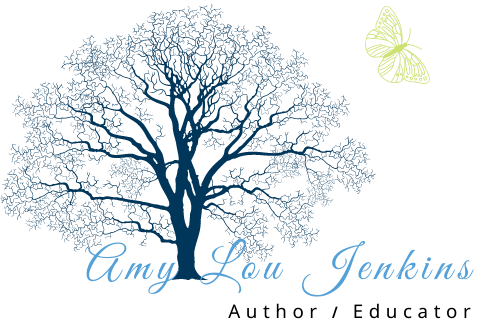




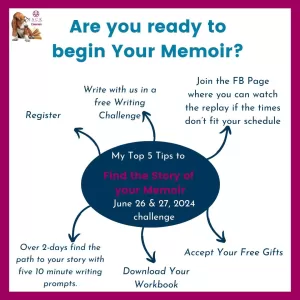



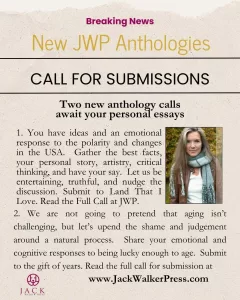


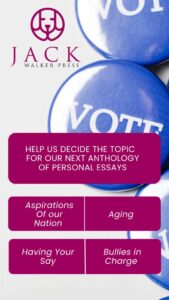

1 thought on “Classic Personal Essays”